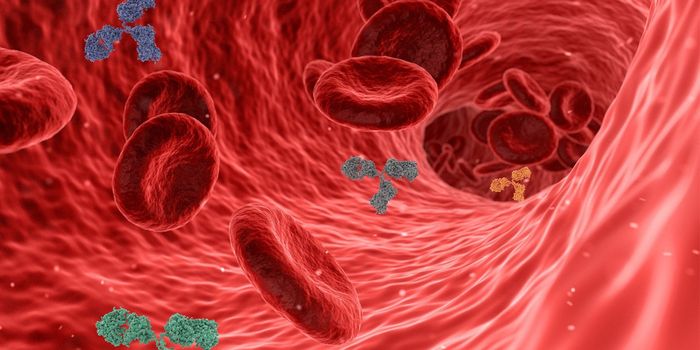Could Bees be Used for Lung Cancer Screening?
A recent study in Biosensors and Bioelectronics suggests bees could provide an important tool for early lung cancer detection. This unique and unusual finding focuses on “odorants,” small molecules that can easily maneuver around the human body. These odorants, which are present in human breath, can carry biomarkers that indicate the presence of diseases like cancer. Our bodies take up, metabolize, distribute, and excrete odorants regularly. Because one of the main routes of odorant uptake is through the nose, we often associate these molecules with smells adapted through our olfactory perception.
The research study revolves around biomarkers contained within odorants in human breath. The researchers wondered if honeybees, a species known for their superb sense of smell, could detect biomarkers in the odorants released when humans breathe. The process involves the bees' odorant receptors, which are sensitive to specific molecules. When these receptors come into contact with the biomarkers, they trigger a response in the bees' neurons, which can be measured. Importantly, honeybees have the capacity to detect a wide range of scents and can detect them at very low concentrations compared to many other species.
Thanks to their numerous odorant receptors, honeybees have a unique ability to detect scents. With around 170 odorant receptors, honeybees surpass other insects like fruit flies (62) and mosquitoes (79) by a large margin. For comparison, humans have about 500 - 750 odorant receptors, but most of these do not code for complete proteins, leaving only about 100 functional odorant receptors. Further, the genetic variation across the human genome also significantly influences scent perception, limiting the strength of the human sense of smell.
The study evaluated honeybees' ability to detect biomarkers that indicate human lung cancer through scent. The researchers found that lung cancer biomarkers promoted notable responses in the honeybees' neurons. These neuronal responses allowed the researchers to identify a specific biomarker 88% of the time. However, when honeybees were exposed to a mixture of six lung cancer biomarkers, they could identify the complex breath mixture in excess of 93% of the time.
In addition, the researchers utilized non-small cell lung cancer (NSCLC) and small cell lung cancer (SCLC) cell lines to validate their findings. Impressively, the honeybees’ neuronal signaling could distinguish between non-cancerous, NSCLC, and SCLC cells 82% of the time.
The authors suggest that the sophisticated olfactory system of the honeybee could provide a susceptible sensor for detecting human lung cancer. As improvements for cancer screening are always encouraged to promote earlier-stage diagnostics, the potential use of bees in this field could significantly impact cancer care, providing reassurance and confidence in the potential for earlier diagnosis.
Sources: Biosens Bioelectron, Angew Chem Int Ed Engl, J Insect Physiol, Genome Res, PNAS









